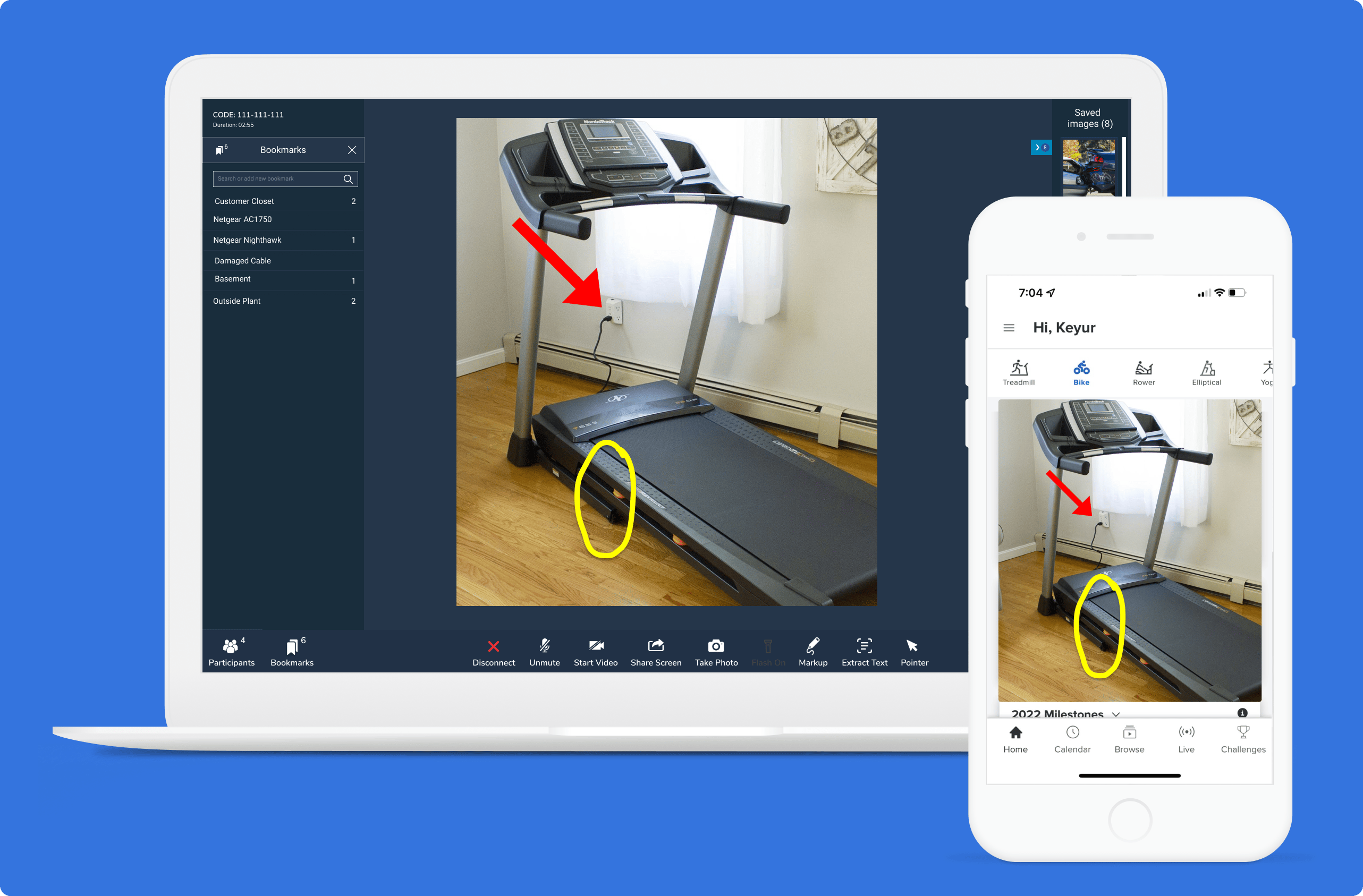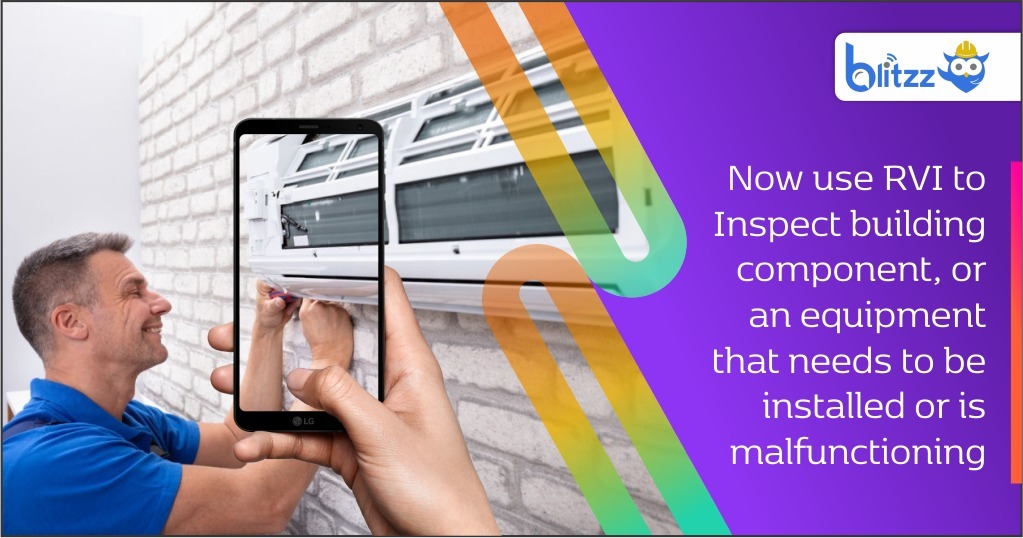Recruiting Auditors or Building Inspectors? Promise Less Time Reporting
There’s a retirement wave looming among auditors and building inspectors, one contributing factor to the larger construction labor shortage. The problem is that younger workers haven’t joined the profession at rates necessary to replace the soon-to-be retirees.
This means many cities, counties, and construction firms will be scrambling to fill open auditor and building inspector positions in the coming years, if they’re not already. We’ve written in the past about strategies for keeping would-be retirees on board a bit longer as part of easing the labor shortage.
In this post, we outline a key strategy for recruiting new auditors and inspectors: promising them less time reporting.
Reporting Can Take Hours Every Day
The work of inspecting and auditing involves expertise and knowledge that take years to build up. It also requires a lot of documenting and reporting. Unfortunately, creating those reports often takes hours at the end of the workday.
What’s more, most building inspectors and auditors don’t go into this line of work because they enjoy writing – but reporting requires quite a bit of writing. Besides the time this takes, many inspectors and auditors simply don’t enjoy that work.
Smartphones have eased the burden somewhat: a picture is, after all, worth 1,000 words. Being able to easily supplement written reports with visuals makes it easier for auditors to document their findings clearly, accurately, and quickly.
But even an image snapped with a smartphone has to be downloaded, marked up, and attached or pasted into a report document, which requires time and energy at the end of the day. One solution: technology that lets inspectors capture and mark up visuals faster.
Video Technology Can Simplify and Speed Up Reporting
Video inspection technology can help speed up and simplify reporting in two key ways:
- By letting inspectors capture and mark up images in real-time
- By letting inspectors seamlessly collate and export those images into a report
To understand how that’s possible, let’s take a step back to review how video inspection technology works.
- An onsite technician holds up a camera to the object or area that needs to be inspected.
- An auditor or inspector views the video via live stream from anywhere they have a screen and an internet connection.
- As the auditor views the video, they can zoom in, take screenshots, invite additional participants, extract text (like serial numbers), make notes about what they see, and more.
Blitzz Inspect offers an additional functionality: during the course of the inspection, it automatically collates everything that happens (images taken, participants who joined, chat messages exchanged, images marked up, text extracted, bookmarks and notes created, etc.) into a chronological report in an editable document.
Reporting the traditional way takes so long in part because it essentially requires auditors to do double work: they must capture images and make notes about what they see in the field, and then they must assemble those images and notes into the official report when they’re finished.
Video inspection technology makes it possible to create the official report in real-time, in part by enabling the remote inspector or auditor to conduct their work from a desk where they have access to a keyboard.
The result is that, after a day of inspecting, there’s no additional reporting work to do; it has all been handled as part of the process of recording and annotating the video inspection.
Promising Less Reporting Can Improve Recruitment Outcomes
Those looking to attract and retain auditors and inspectors have two primary audiences to consider: would-be retirees they’re hoping to keep around longer and new recruits they want to enter the field.
For the former, the promise of working part-time from any location can be a compelling pull. Add the promise of less time spent reporting, and many current inspectors and auditors may be open to continuing to work a bit longer – and help train new hires in that time.
For the latter, illustrating how technology will make the work of auditing and inspecting more efficient and less reporting-intensive can help make the work look attractive.
Many job descriptions for inspection and auditing roles offer little or no description of the work of reporting. Employers looking to stand out in a competitive construction labor environment can emphasize how the technology they use minimizes the time auditors have to spend creating reports.
In a Labor Shortage, Great Tech Can Be a Valuable Edge for Employers
Our current labor shortage goes far beyond inspectors and auditors – and even beyond the construction industry. The reality for those trying to recruit and retain any position is that candidates can and will consider not just other employers but also other positions.
While no technology can guarantee better recruitment or retention outcomes, employers that are serious about bringing new people into their field and keeping experienced people around should to use every tool at their disposal to make the work their teams do efficient and impactful.
Video inspection technology is one such tool for the work of inspectors and auditors. If you’re interested in seeing how it works in practice, view an instant preview of Blitzz Inspect.




